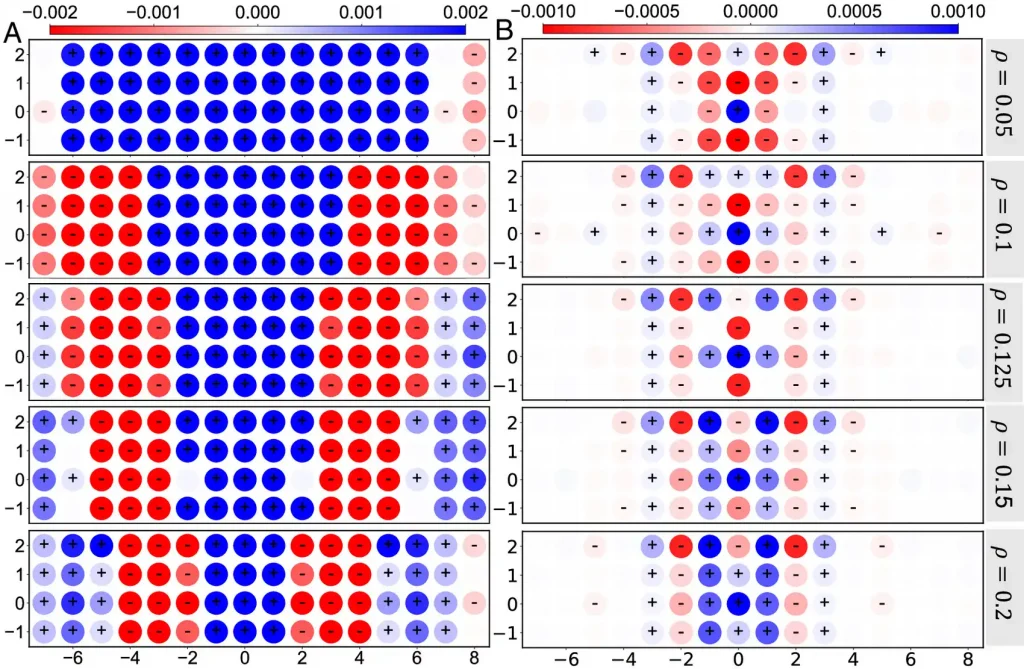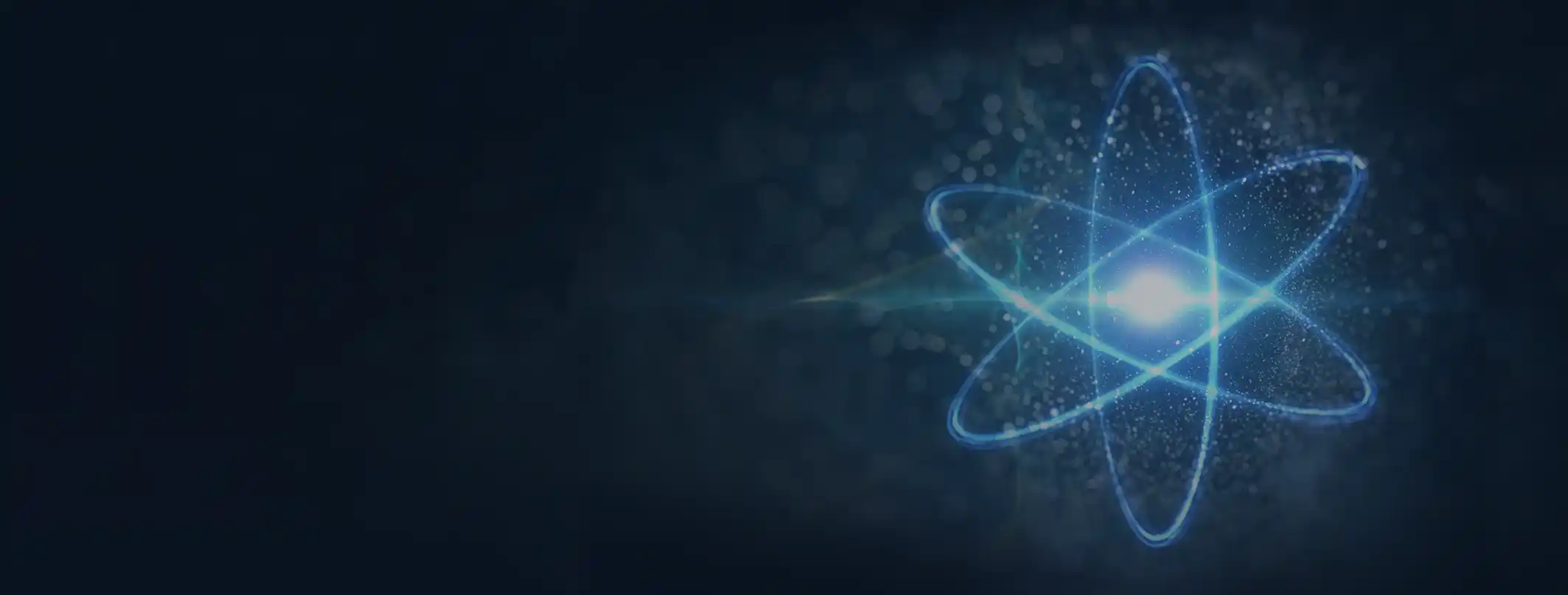Understanding Cuprates of All Stripes
Steve Johnston doesn’t judge materials by their extended relatives. The department’s Bains Professor investigates how their physics can be different on a family-by-family basis as he studies what gives rise to superconductivity—electric current flowing with no resistance. Studies like these make crucial steps toward designing the quantum materials that will drive future technologies and economies.
In findings published in the Proceedings of the National Academy of Sciences (PNAS), Johnston and colleagues report how they used advanced computational modeling to show that not all families are alike and what those differences mean.
Single-Band Limits
Among the best-known high-temperature superconductors are cuprates—materials made from copper and oxygen. Discovered in 1986, they’ve been widely studied but still present a lot of unanswered questions. Theorists like Johnston have seen that the underlying properties—spin and charge and how those correlate—can be inconsistent across cuprate families. Sometimes the physics assists with superconductivity; sometimes it competes with it.
Johnston explained that in basic terms what happens in these materials is that copper and oxygen atoms form a plane. The standard for describing that system is the single-band Hubbard model.
“You can think of it as removing oxygen from the plane to get this sort of effective copper-only description,” he said. “For years, people thought that really describes the physics.”
He said the model captures a lot of details that experiments have discovered about cuprates. It does a good job of showing how the electrons’ spins and charges form an alternating pattern of rows, or “stripes.” It accounts for the addition or subtraction of electrons from cuprate planes (called doping) that causes them to superconduct.
Yet there are limits to what this framework can do, especially in showing material-specific characteristics among different cuprate families.
“Everyone focused on these single-band descriptions because they’re easier to handle computationally,” Johnston said. “(If) you put the oxygen back in, it becomes a more complex problem and you need even more computational resources to solve it.”
Collaborating with partners from the University of Illinois and Oak Ridge National Laboratory (ORNL), Johnston and Research Assistant Professor Benjamin Cohen-Stead approached this complexity with the three-band Hubbard model, and used advanced algorithms and computing power to get a more detailed picture of the system.
Common Elements; Different Families
The single-band model predicts a reliable pattern for electronic charge and magnetism in cuprates. As Johnston explained, you can picture the “stripes” in cuprates as a kind of atomic board with alternating rows. One row will have lots of holes left by removing electrons while the next row will have no holes at all, and so on, in a repeating pattern. The phases of the charge in the hole-rich region and magnetism in the hole-depleted rows are locked with the neighboring regions.
The work he and fellow scientists reported in PNAS found something different.

“What we’re finding in the three-band model is that (the stripes) are no longer coupled,” Johnston explained. “The spin and charge start to split apart; they’re no longer intertwined,” so you can independently change spin and charge modulations.
Knowing how different superconducting materials behave is the key to putting them to work.
“If we understand what makes a high-temperature superconductor superconduct, we have a better chance of engineering them,” Johnston explained. “In the end, we want to design materials and control the properties of these quantum systems with a high degree of precision.”
Efficient Teamwork
What makes this research possible is writing and running computational models to help scientists define a material’s properties. Johnston has long worked with colleague Thomas Maier of ORNL’s Computational Sciences and Engineering Division, who was a co-author on the PNAS paper. Maier is also a co-principal investigator on a National Science Foundation Elements grant Johnston won earlier this year. That award will help them expand a suite of codes called SmoQy that Johnston’s group developed.
Instead of coming up with a new model whenever a new material comes out, this library has codes ready to use from the get-go. (The SmoQy suite played a starring role in the PNAS research.) Johnston and Maier will build this collection further with another time saver. They’ll model a small part of an infinite system, then embed that model with an average approximation for the remainder of the system to account for all the quantum mechanics involved.
“We’re a computing university,” Johnston said of UT. “We’re very well-known for computing, so it makes sense that we develop these software stacks and help push the field forward using these tools.”
Technological progress like this includes the hard work of building a strong foundation. Two years ago, Johnston and Professor Hanno Weitering created a monolayer superconductor that landed on the cover of Nature Physics.
“That really grew out of our microscopic understanding of the Hubbard model and the physics of cuprate-like materials,” Johnston explained. “If you go back and look at the physics of semiconductors, the same thing happened there. Semiconductors were developed by people really trying to understand quantum theories of matter. That foundation has formed the basis for our entire modern economy. And it wouldn’t have happened without that fundamental research.”
